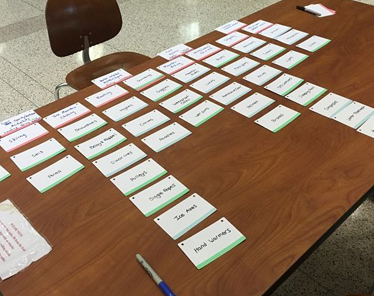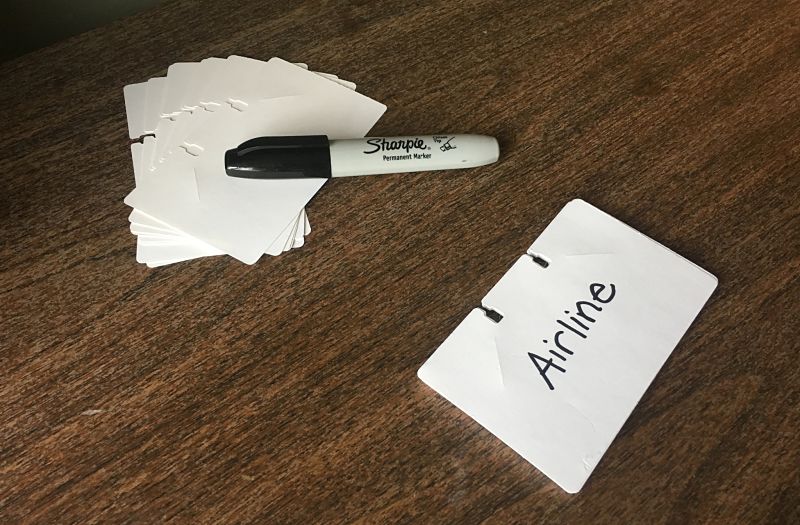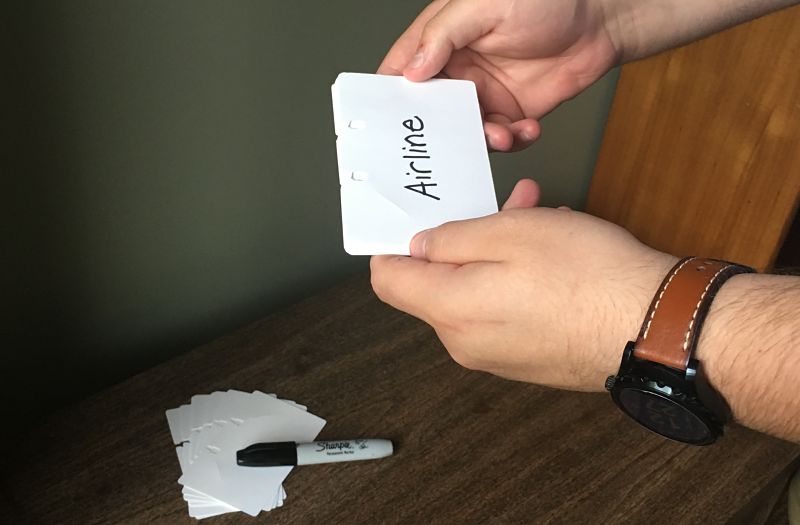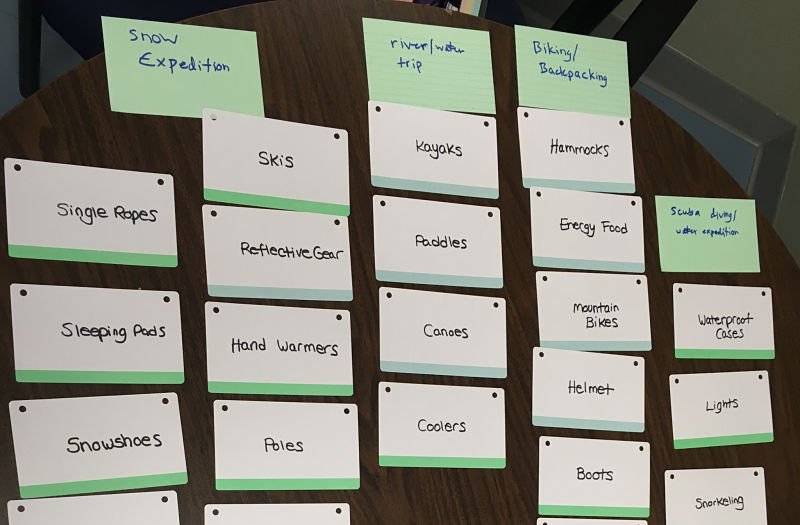
This was an article written for the Association Management Group (AMG) Advisor Blog in June 2017.
Struggling to figure out how to structure and label your association’s website content to make it easier for users to navigate? Try a card sort. Card sorting is an inexpensive and relatively easy way to conduct user research, where participants are tasked with naming categories of topics they’ve grouped together. Conducting a sort allows you to gain some insight on how a user understands and processes your site’s content. Note, card sorting is user research and not marketing research. Therefore, it is used to find common patterns among a small number of participants to better understand a user’s behavior and needs.
Why is Sorting Important?
Your users, whether members, prospective members, event attendees, students, and/or educators, are visiting your site with an agenda in mind. If they can’t find what they’re looking for or have issues completing a task, frustration and drop offs will ensue. Card sorting will help you understand your user’s process in categorizing topics so you can build a better experience for them. Instead of guessing what users need, you have user research to back your approach in organizing and labeling your site’s navigation and content.
Sort Type
The sort can be physical, using note cards and paper, or electronic, using free online card sorting tools (e.g. OptimalSort). While electronic card sorting is beneficial for remote testing and people with illegible handwriting (a.k.a. chicken scratch), being present for a physical card sort allows you to see the process in action. It may involve additional staff time, but you end up gaining more knowledge from hearing the participant’s comments and observing their behavior.
The Prep

How do you determine what topics to include? Topics are drawn from your site’s secondary and third level menu items. Each topic is written or typed on a card, thus creating a deck of topics. While it’s tempting to include all current menu items, limit the number of cards to 30 to prevent participant fatigue. To avoid exceeding the limit, choose menu items you feel are most important and cover a range of categories. In addition, make sure the research location has a large enough table for the participant to spread out 30+ cards. Finally, recruit 7-15 participants who are potential or current users of the site. The whole process can take anywhere from 10-45 minutes, so inform participants that it will take no more than an hour of their time. If you’re having trouble with recruitment, providing incentives can help.
The Sort

When you are ready to start, ask your participant to group the shuffled cards into categories of their choosing and label the categories using blank cards and a marker provided. They can also duplicate an existing card if they feel it needs to go in multiple categories. Let participants know there is no right or wrong answer and encourage them to share their thoughts out loud. While the participant is sorting, observe the task at hand and take notes on any interesting behavior and comments. If they ask for your input, try to turn the question around and ask them what they’re thinking. This helps minimize participant bias. Once the participant is done, thank them for their contribution and provide incentives if previously arranged. Make sure to take a picture of the final sort for future reference.
The Results

The goal is to review all the photos of the participants’ groupings and pinpoint common language and pairings. Trends from the groupings help form the navigational structure of your site. The groupings represent top level menu items. Secondary menu items consist of the topics within those groups. In addition, the category names help when labeling the main menu. The results don’t have to be taken word-for-word or exactly by grouping. However, you should find it easier to make these decisions using the findings.
For more detailed information about card sorting, please visit Usability.gov.